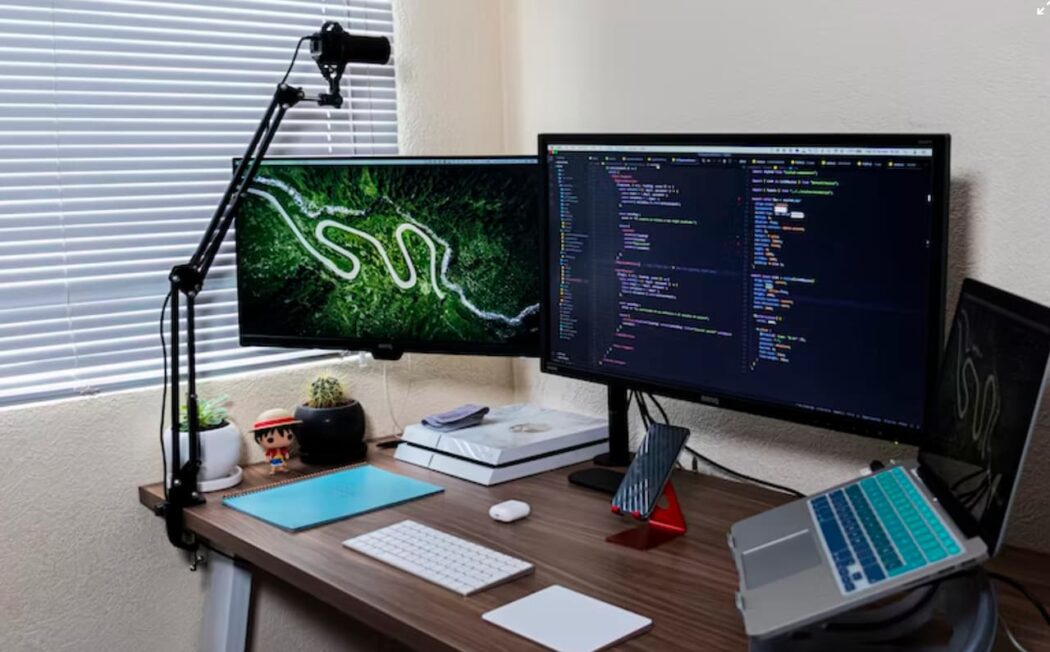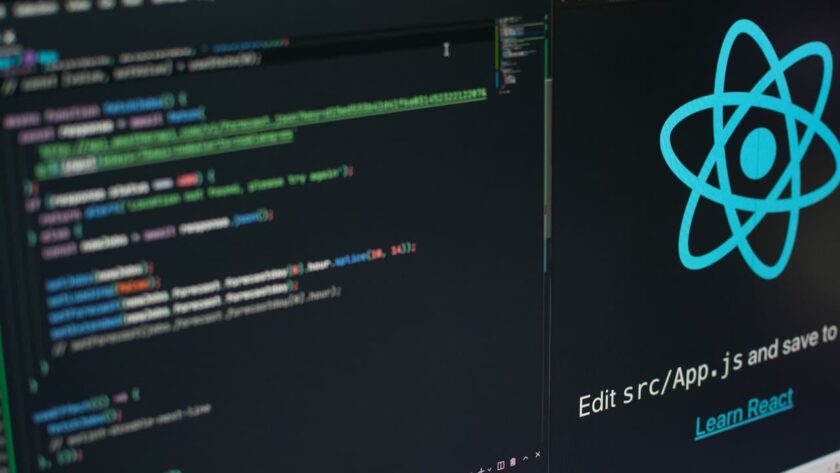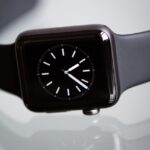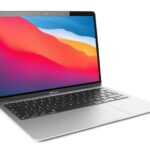React Native is one of the most popular cross-platform tools that allows developers to write a single JavaScript codebase and get near-native apps for both iOS and Android. However, while this framework is great for quickly building quality mobile apps, integrating mobile device hardware with React Native can be challenging.
In this article, we analyze the difficulties in hardware integration and list some device integration best practices used by providers of professional React development services.
Mobile Devices and React Software: Challenges
Apps built with React Native can have issues that apps written in Java or Kotlin and Objective-C or Swift wouldn’t have had. The reason for that lies in how JavaScript communicates with the device’s OS and hardware – via the concept referred to as a ‘bridge’. Meanwhile, native apps written in the languages officially supported by Android or iOS, communicate with the device and its operating systems in a direct manner.
The ‘bridge’ associated with React Native apps causes certain challenges that can emerge either during the development or after an app’s rollout. Here are some of such difficulties:
Lack of standardized hardware APIs
One of the issues of integrating mobile device hardware with React Native is React’s lack of hardware-specific APIs. To interact with the hardware components, developers often have to use third-party libraries or write their own custom APIs.
Limited support for hardware access
Even when developers successfully set up APIs, React Native apps do not have the same level of access to hardware as native mobile apps do. This difference can result in certain limitations in performance and general functionality.
Hardware compatibility issues
Various devices have various hardware configurations, but developers should verify that the React Native app they build is compatible with as many devices as possible. Still, this goal can become very hard to achieve due to device-specific hardware and unique manufacturer functionality.
Challenges with debugging and testing hardware-enabled apps
Hardware integration requires testing on many physical devices, which can be costly to buy. The other option – virtual device testing – may not accurately replicate the performance and behavior of physical devices.

Best practices for hardware integration in React Native
Although integrating hardware with React Native software is challenging, this integration plays a crucial role in the user experience. Successfully integrated apps offer higher and faster performance as well as enable more sophisticated features that can help apps stand out from the competition.
For this reason, simply avoiding device integration isn’t the best option. But neither is abandoning the idea of React Native development and pivoting to native app implementation. Instead, try to address the challenges head-on. Let’s look at some best practices for hardware integration in React Native.
Use Native Modules
React Native enables access to native modules, which let developers interact with the device components. Thanks to such modules, developers can access the camera, GPS, Bluetooth, accelerometer, and other hardware-specific features.
Use third-party libraries (but with caution)
Third-party libraries for React Native often contain pre-built components and APIs that allow developers to seamlessly and quickly integrate hardware components. Still, it’s important to check the trustworthiness of each third-party library before actually using it to avoid any possible risks to the future app.
Test early and often
If developers want to ensure that the hardware integration works correctly on various devices and hardware configurations, they need a lab with multiple physical devices for testing. It is also key to run tests hand-in-hand with development so as to catch any potential issues early on.
Optimize code performance
Developers should consistently optimize their code to ensure smooth performance. To reduce the load on the device resources and avoid unnecessary processing, the developers should aim at creating simple and clean code.
Conclusion
Integrating hardware with React Native apps can be challenging due to the lack of built-in support for hardware-specific functionality, potential limitations in access to device components, compatibility issues, and the need for extensive (and pricey) device testing.
However, proper integration between the app and the device is extremely valuable for app performance, user experience, and competitiveness. By following certain best practices, developers can ensure that their React Native-powered apps efficiently interact with hardware components on the level that’s on par with native apps.



